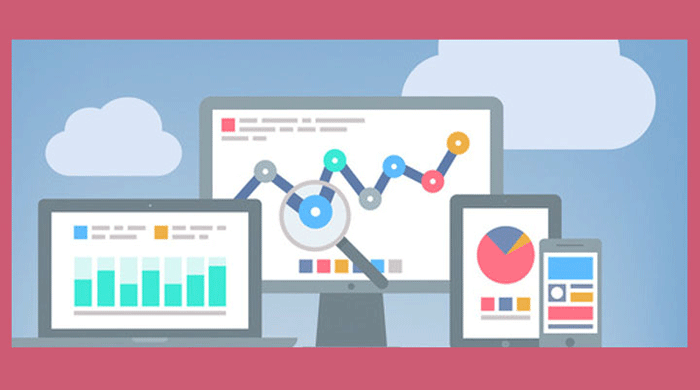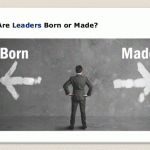As more and more companies delve into mobile e-commerce, the amount of data generated is putting new challenges for developers and IT departments. But analytics, IoT, and other tools have help make sense of that data, according a report from Frost & Sullivan.
Since the advent of popular mobile payment services, such as Apple Pay and Android Pay, the mobile e-commerce market has become worth billions of dollars annually and continues to grow. However, enterprises large and small are struggling to deal with the volume of customer data collected by these platforms.

The answer to this problem is a multifaceted approach that taps into other cutting-edge technologies, such as predictive analytics, big data, and the internet of things, among others, according to an Oct. 25 report from Frost & Sullivan.
The report, “Next Generation Technologies for Mobile E-commerce,” finds that if businesses, mainly in retail, help create automated responses to customers’ needs, these companies can give customers more of what they want and can increase brand loyalty.
The trick to all this is data, especially how IT departments and developers can create systems to harness what’s being collected through these various mobile e-commerce systems. While still fairly young, this market is growing. It was worth about $120 billion in 2015, a 60% increase from the year before, according to research firm Javelin.
In order to get more from the data, the Frost & Sullivan analysts suggest a multi-tier approach that uses IoT sensors to collect data from customers, including information from physical stores, websites, and phones, and then use big data and predictive analytics to get a better sense of what these customers are doing and what they are looking for from retail.
“While predictive analytics analyze the volumes of Big Data collected on shoppers, the IoT augments predictive analytics by collecting data from multiple points of customer contact, including brick and mortar stores, websites and telephone calls,” Mike Valenti, an analyst with Frost & Sullivan’s TechVision research division, wrote in the report. “Integrating these technologies supports the goal of omni-channel sales and creates a seamless shopping experience at any venue.”
The other issue with mobile e-commerce is how businesses view the technology.
The report finds that small and midsize enterprises do not realize the amount of data than can be gleaned from the technology. They believe they need IT pros and developers with high levels of expertise to handle transactions and data.
Enterprises also have difficulty bridging the gap between mobile and desktop transactions.
The answer is to approach mobile e-commerce as a complement to other types of online commerce that involve desktop or laptop PCs, and not as a separate or competing technology.
While mobile e-commerce remains a fairly new field of technology, other issues besides analytics and IoT are set to change the way businesses approach these platforms. The first is augmented and virtual reality, which can offer customers a new way to view products on their smartphones.
The second, and more important, is security. Specifically, protecting the data that customers are keeping on their smartphones and then transferring to companies during these mobile transactions. One answer to the problem, according to the report, is increased use of biometrics to secure data.



